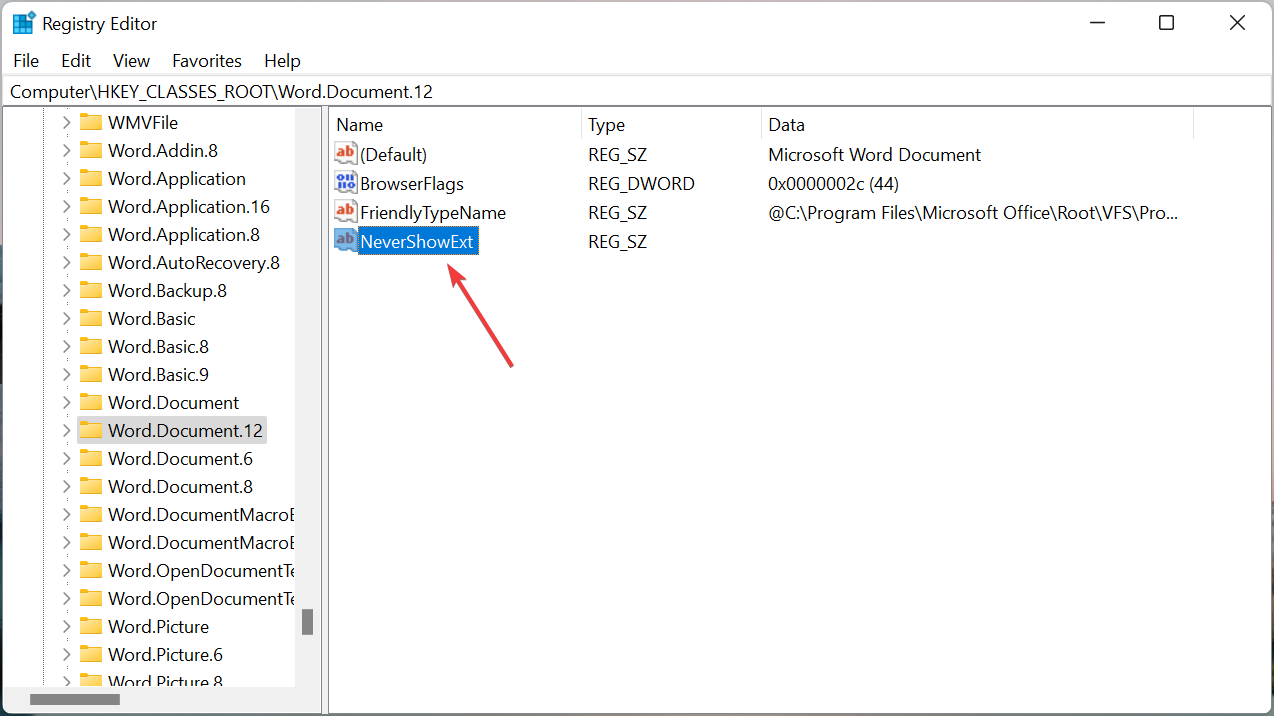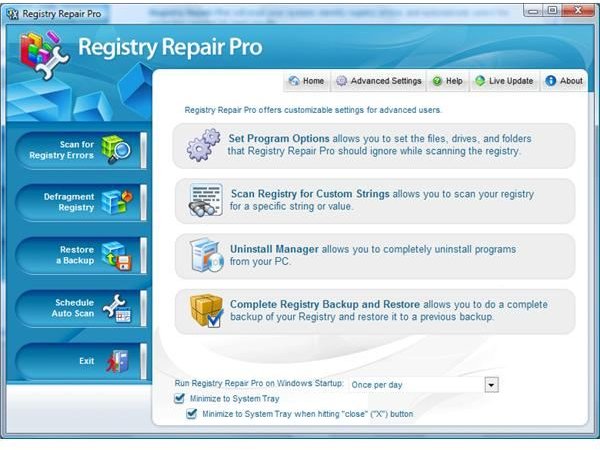

If it detects registry damage, it tries to fix it automatically.


Windows Setup runs the Windows Registry Checker tool to verify the integrity of the existing registry before it performs an upgrade. If the registry contains more than 500 KB of empty data blocks, Windows Registry Checker automatically optimizes it. This is equivalent to running the scanreg /fix command from a command prompt. If no backups are available, Windows Registry Checker tries to make repairs to the registry. This is equivalent to running the scanreg /autorun command from a command prompt. If invalid registry entries are detected, Windows Registry Checker automatically restores a previous day's backup. Windows Registry Checker automatically scans the system registry for invalid entries and empty data blocks when it is started. This article describes the Windows Registry Checker tool. Files that Windows Registry Checker backs up include System.dat, User.dat, System.ini, and Win.ini. When you start your computer successfully, the Windows Registry Checker tool (Scanreg.exe) creates a backup of system files and registry configuration information (including user account information, protocol bindings, software program settings, and user preferences) once daily.


 0 kommentar(er)
0 kommentar(er)
